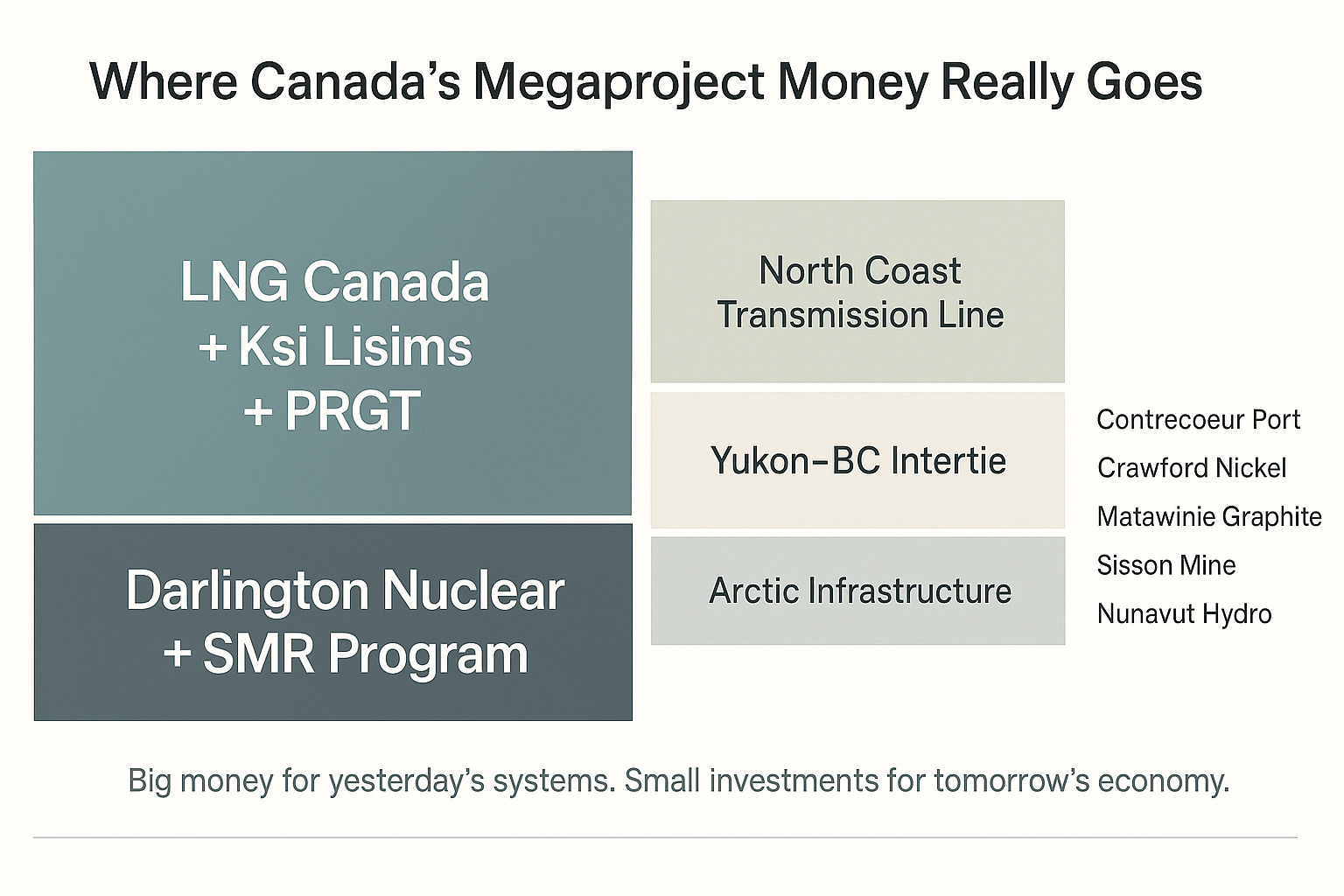Sign up for daily news updates from CleanTechnica on email. Or follow us on Google News!
Indigenous Peoples’ Day recognizes the contributions and legacy of those who have lived in North America long before Christopher Columbus landed on its shores and conveniently claimed its discovery. President Joe Biden formally recognized Indigenous Peoples’ Day in 2021 by signing a proclamation stating that federal policies “systematically sought to assimilate and displace Native people and eradicate Native cultures.”
As this year’s “Proclamation on Indigenous People’s Day” explains, on this day:
“We honor Indigenous peoples’ strength, courage, and resilience. We celebrate the vast contributions of Indigenous communities to the world. They are stewarding lands and waters, growing our shared prosperity, and celebrating the good of our nation while pushing us to tell the full truth of our history.”
Indigenous Peoples’ Climate Accomplishments & Quests
We respect indigenous self-determination in the US and its connection to the transition to clean energy. Of course, there is much, much more to be done to transition tribes to renewable energy independence, and we have sought to unpack narratives around indigenous energy democracy here at CleanTechnica. Instead of celebrating Columbus’ impact on a 10,000-year old culture, we’ve been looking at ways that indigenous people are being inspired and empowered to take direct climate action.
With special knowledge of their regional environments, indigenous people are a substantial resource to build comprehensive solutions to climate change.
While the lands, waters, and other natural resources of Indigenous peoples hold sacred cultural significance, these natural resources also play a principal role in ensuring the viability of these communities’ economies and livelihoods. Tribal trust lands provide habitat for more than 525 species listed under the Endangered Species Act, and more than 13,000 miles of rivers and 997,000 lakes are located on federally recognized tribal lands. Yet throughout the US, climate-related impacts are causing some Indigenous peoples to consider or actively pursue community relocation as an adaptation strategy, presenting challenges associated with maintaining cultural and community continuity.
Indigenous peoples contribute the least to greenhouse emissions, yet they’re among the first to face the direct consequences of the climate crisis. Essential to enhancing the resilience of global ecosystems, indigenous people have traditional and local knowledge to interpret and react to the impacts of the climate crisis in ways that are quite different than western approaches.
Indigenous people have dealt with climate change and environmental upheaval for thousands of years. Adaptability and resourcefulness are the hallmarks of any indigenous culture. We can use indigenous models to interpret natural processes as cyclical, that reflects respect for the earth, and, most of all, one that considers all our actions in the context of future generations.
For example, the Swinomish Indian Tribal Community relies on salmon stocks for its annual homage festivities and has done so for 10,000 years. When salmon reduced from an 8-month season to a few days per year, the Swinomish dedicated themselves to improving water quality and re-establishing the salmon. They’ve restored tidelands and channels, planted trees along stream beds to cool warming waters, and collaborated with farmers to increase stream setbacks. And the Swinomish are not the only native tribe designing their own climate plans. An additional 50 Native American tribes are also implementing original and personalized climate strategies to protect their lands and cultures.
Additionally, the chronicle of a member of the Jean Charles Choctaw Nation in Louisiana is a personal insight into the plight of climate refugees. She remembers the area around her home as filled with a vista of cattle grazing in pastures, cotton fields, and wild prairie dotted with duck ponds. Now she opens the same door and sees nothing but the rising sea.
Remember Deb Haaland’s 2021 confirmation for her role as Department of the Interior Secretary? At her swearing-in ceremony, she spoke about the confluence of honoring indigenous people and the Earth. “Together, we will work to advance President Biden’s vision to honor our nation-to-nation relationship with Tribes, address the climate and nature crises, advance environmental justice, and build a clean energy future that creates good-paying jobs and powers our nation.” Republican opposition to her confirmation centered on Haaland’s history of fighting against oil and gas exploration, and deliberations around her nomination highlighted her emerging role in the public debates on climate change, energy policy, and racial equity. She was confirmed on a 51-40 vote.
Tanksi Clairmont of GRID Alternatives, which uses a people-first model to make clean, affordable solar power and solar jobs accessible to low-income communities and communities of color, has talked to CleanTechnica about the motivations and desires for Indigenous peoples to assume leadership roles, partner, and participate within renewable energy sectors. Clairmont describes how federal and state agencies are slowly acknowledging the value and importance of including tribes “at the table” during early planning and conceptualization conversations around renewable energy programs and initiatives. Tribes are also making their voices heard and demanding policy changes that recognize their rights as a sovereign nation.
Most recently, the Red Lake School District in Minnesota celebrated how it unveiled a new electric school bus fleet in 2024, making it the first public school district with an indigenous population to utilize funding from the EPA Clean School Bus Program. As the majority of US school districts wait a bit longer to make the transition to electrification, Red Lake is embracing cutting-edge energy solutions while honoring their roots.
Final Thoughts About Indigenous People’s Day
While not a federal holiday, Indigenous Peoples’ Day is observed by 17 states, including Washington, South Dakota, and Maine, as well as Washington, D.C. The US used to celebrate Columbus Day on the second Monday in October. In a tour promoting his book, A People’s History of the United States, historian Howard Zinn was blunt about the misnomer that Christopher Columbus deserved recognition for his accomplishments.
“Columbus killed Indians, Columbus enslaved Indians, Columbus tortured Indians, he cut off their arms. Gold motivated him… You want me to make him a hero, because he’s a good navigator? No, he’s not a hero. The heroes are the people who resisted him.”
Native people continue to fight to maintain the integrity and viability of Indigenous societies against the backdrop of the climate crisis. As we promote including Indigenous perspectives about nature-based solutions, we help to unlearn myths still taught in US schools about Columbus.

Have a tip for CleanTechnica? Want to advertise? Want to suggest a guest for our CleanTech Talk podcast? Contact us here.
Latest CleanTechnica.TV Videos
CleanTechnica uses affiliate links. See our policy here.
CleanTechnica’s Comment Policy





